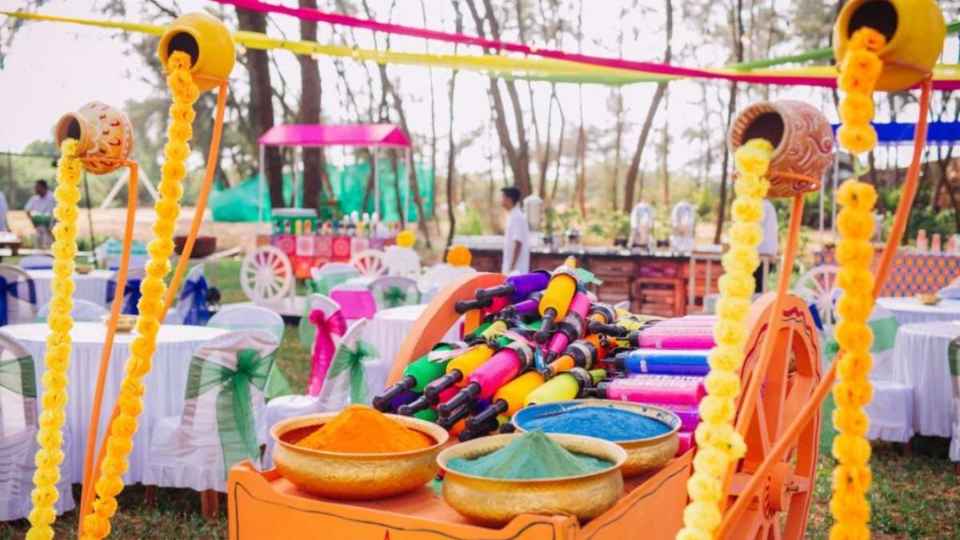Religion
हनुमान चालीसा बजाने पर दुकानदार की पिटाई, 6 लोगों पर केस दर्ज, पुलिस बोली- अजान के वक्त…
mgulam
हनुमान चालीसा बजाने पर दुकानदार की पिटाई, 6 लोगों पर केस दर्ज, पुलिस बोली- अजान के वक्त… धार्मिक भावनाओं के ...

Holi 2024: 5 DIY Home Decor Ideas to Welcome the Festival of Colours
JustBaazaar Editor
Holi, the vibrant festival of colors, is just around the corner, and what better way to celebrate than by sprucing ...
राहुल गांधी का बयान: धर्म-संबंधित विवाद पर तर्क
mgulam
राहुल गांधी का बयान: धर्म-संबंधित विवाद पर तर्क राहुल गांधी के हाल ही में किए गए बयान ने एक बार ...

A Person Should Be Religious or Not
JB Expert
A Person Should Be Religious or Not: Introduction: Navigating the Tapestry of Human Belief – Greetings, fellow seekers of wisdom and understanding. ...

Unraveling the Tapestry of Time: The Journey to the Ram Mandir in Ayodhya
JB Expert
The Ram Mandir in Ayodhya stands as a testament to the intertwined threads of faith, history, and politics that have ...





